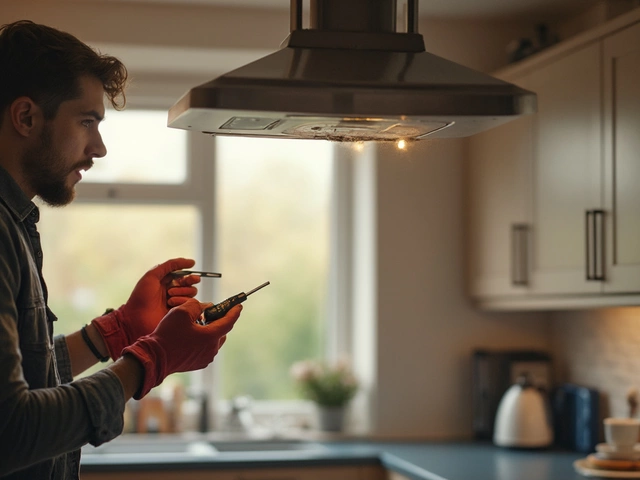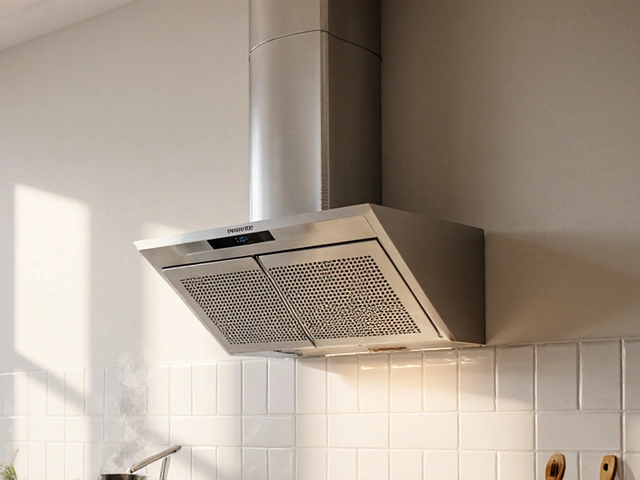Oven Temperature Issues – Causes, Fixes, and What to Watch For
When dealing with Oven Temperature Issues, the problem where an oven heats too low, too high, or fluctuates wildly, can ruin meals and waste energy. Also known as temperature drift, it usually stems from a few key components. One of the biggest culprits is the oven control board, the electronic brain that tells heating elements when to turn on and off. If the board sends the wrong signals, the oven cannot keep a steady heat, leading to undercooked roasts or burnt cookies. Another frequent offender is a failing heating element, the metal coil that actually generates heat inside the cavity; a cracked or worn element loses resistance and drops temperature quickly. These three pieces—oven temperature issues, control board, heating element—form a tight loop: a bad board can mis‑manage the element, and a weak element can stress the board, creating a feedback cycle that’s hard to spot without proper testing.
Why the Thermostat and Calibration Matter
Beyond the board and element, the thermostat, the sensor that reads the oven’s internal temperature and reports back to the control board plays a critical role. If the thermostat is out of sync—say it reads 10 °C low—the board will keep the element on longer, pushing the oven past the set point. This is why many oven temperature issues are actually calibration problems, not broken parts. Simple steps like checking the oven’s temperature with an oven thermometer, then adjusting the thermostat calibration screw (or resetting the digital sensor in modern models) can solve up to 70 % of complaints. The relationship can be summed up: thermostat accuracy influences control board decisions, which in turn dictate heating element activity. Ignoring one link often means chasing the wrong symptom, like replacing an element that’s still good while the real issue lies in the sensor’s reading.
Understanding these connections helps you decide whether a DIY fix or a professional call is right. If you’ve measured a consistent 20 °C gap and the element looks intact, start with thermostat recalibration; it’s a quick, low‑cost test. If the oven still swings wildly after that, inspect the control board for burnt traces or loose connectors—these are usually visible and can be cleaned. When both the board and thermostat check out, the heating element is the likely winner, and you’ll need a replacement that matches the oven’s voltage and wattage. Our collection of articles below walks you through each step, from quick temperature checks to detailed part‑by‑part diagnostics, so you can tackle the exact cause without guessing. Dive in to find the right solution for your oven’s temperature woes.






